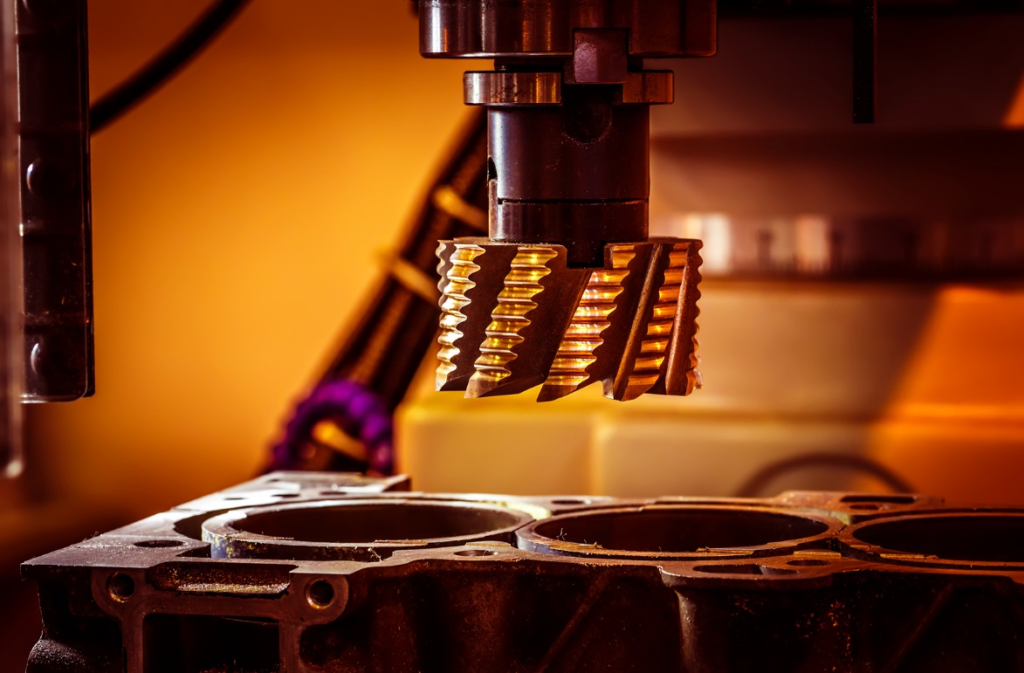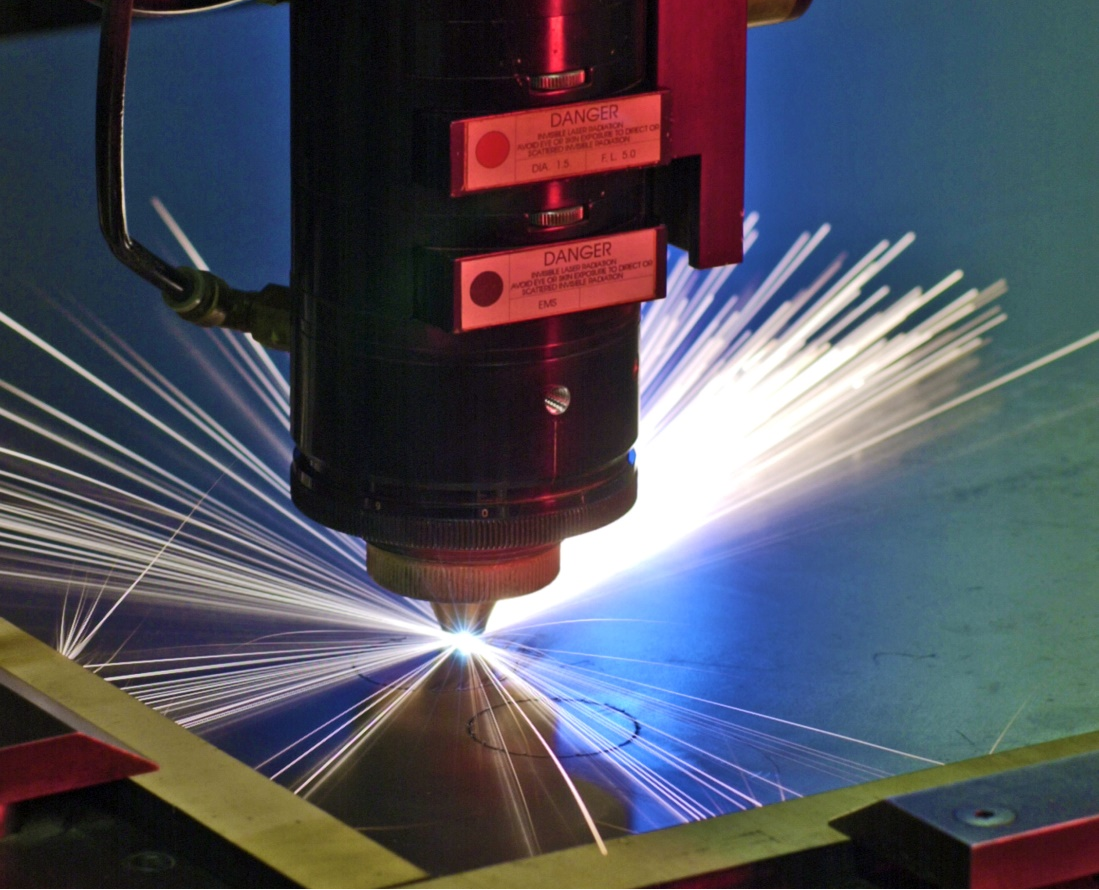Steel is one of the most valuable metals used in many industries around the world. This blog post will compare two common methods of steel manufacturing—CNC machining and casting.
Metal Casting
Metal casting is one of the most common methods used in steel manufacturing. It is a process that uses molten metal to form the desired shape. This method starts by pouring liquid metal into a mold. The steel is cooled and solidified, and then cut out and finished with milling processes before it is ready for use.
CNC Machining
The CNC machining process is quite different in that it does not use any kind of molten metal as its foundation. In this process, cutting tools are manipulated by computer-controlled machinery to produce many different materials from a variety of metals at high speed without the need for molds or foundries. In the industrial sector, this is a very popular method, and in many ways, it is superior to traditional methods of building metal products.
How does CNC Machining Works?
The CNC machining process starts with the need for a company to build an item out of metal. This item could be complex or simple, but it needs to be built out of a material that can withstand the environment in which it will be used. The manufacturer decides how they want the product made and they work with their engineers to create a design for this product.
The engineers will modify or create new components into this design if needed to ensure that they can be machined out of metal without creating too many errors. When the design is finalized, the product will be built using computer-controlled machinery.
The first step to building a product is accessing the material. This may include cutting it into parts and then cleaning everything before putting it on a CNC machine. The CNC machines are able to cut out specific parts and clean up any errors that are in their design. This process continues until they have cut all of the parts needed for the product.
When all of these processes are complete, the parts are assembled into one working unit, allowing a company to produce products very quickly and without having to invest heavily in equipment or materials.
Why is CNC Machining Better Than the Casting Method?
Both methods of manufacturing are extremely similar, but there are a few significant differences between the two processes that affect the overall quality and cost of the final product.
Both methods use molten steel, which is poured into a mold to create the shape. But unlike casting, CNC machining uses physical cutting tools to fashion metal into other shapes such as gears or bars. This process also allows for more tolerances in sizing and size variations, making it possible to build parts within strict budgets without sacrificing precision or quality.
The major difference that sets these two manufacturing procedures apart is temperature. A CNC machine uses a cold table that holds the material at a specific temperature. Depending on the material, this temperature is usually around 350° F to 550° F. This gives the steel time to cool during production and prevents rusting.

CNC Machining Requirements
To create high-quality products with CNC machining, it’s important that the equipment is kept as clean and sanitary as possible. Dust particles in the air can easily disrupt or confuse cutting paths and cause damage during production.
Additionally, environmental contamination of any kind can severely affect both product size and quality. Because of these concerns, CNC machining requires specialized machinery, ensuring that it looks just as flawless after it’s done as when it was started.
Variety of Tools
Another significant difference between the two methods of manufacturing is the variety of cutting tools available. In CNC machining, operators have many options when it comes to shaping products. They can use water jets or lasers to achieve clean, smooth edges. They can also use a plasma torch or water-soluble brazing to connect small pieces together during production.
CNC machining allows for a variety of ways to finish metal parts. One method is to apply a layer of paint on the part if it was made from a steel sheet or anodized aluminum. Automotive companies often do this with brake drums and liners to improve appearance and durability.
Protective Coating
Another way to finish parts is to apply a protective coating, such as nickel, cadmium, or titanium. This can prevent corrosion by ensuring that the finished product stays clean and performing at maximum capacity for the longest possible amount of time.
Cost of CNC Machining In some instances, however, CNC machining may be more expensive than casting or even welding. For example, if a company plans on making a large supply of parts in one go, then it’s probably not worth it to invest in all that equipment. In this situation, using immediate fabrication instead of CNC machining might be more beneficial. In any case, comparing all manufacturing options before diving in is key to producing high-quality products that exactly suit your needs.
At MD Design & Automation, we offer a wide variety of machining, design, and automation services. Our services include CNC Machining, WEDM, Reverse Engineering,CNC turning services, EDM machining, jig grinding, reverse engineering, and even manual milling turning and much more. You may get in touch with us at 262 338 1988 or request a quote for your project right away!
